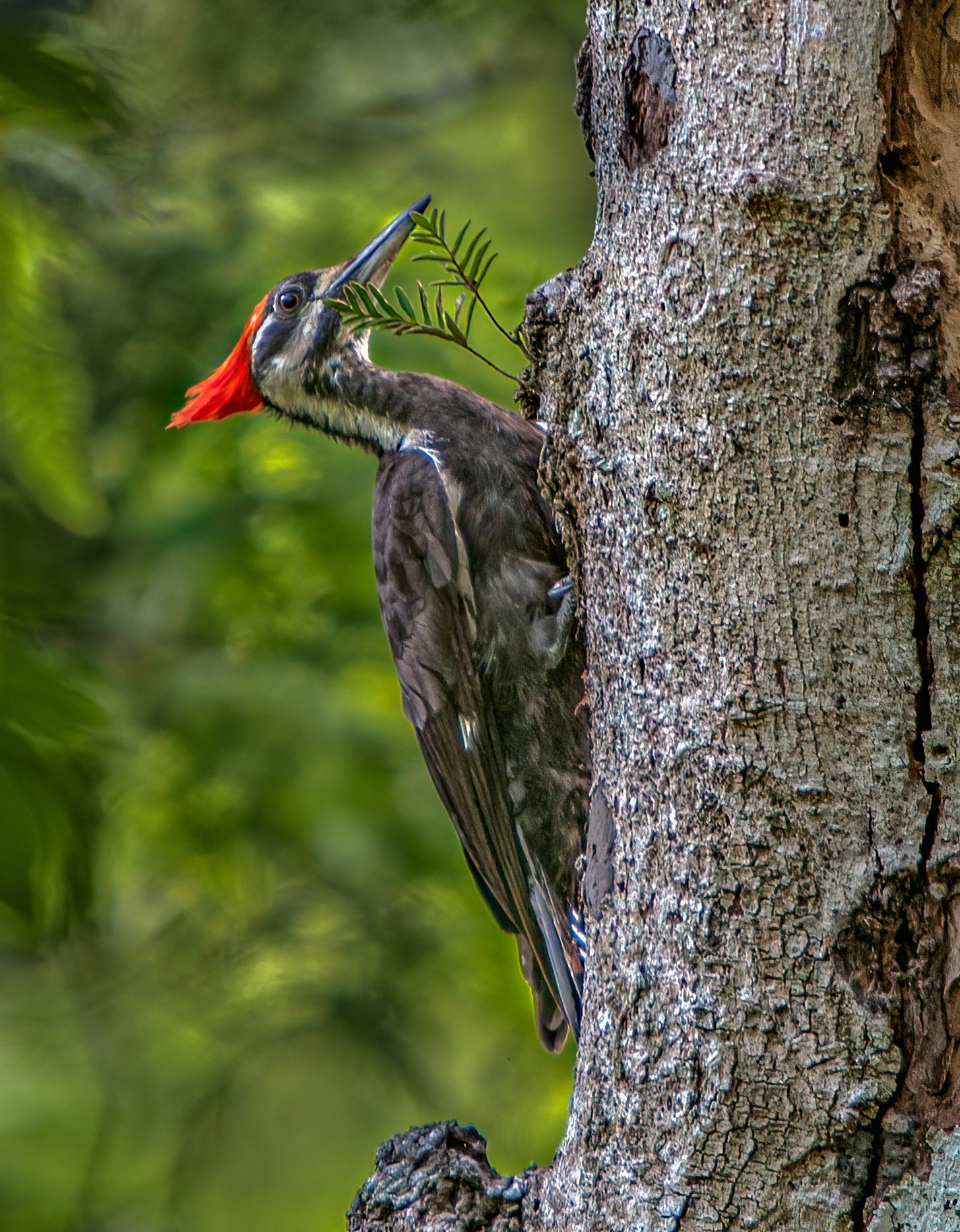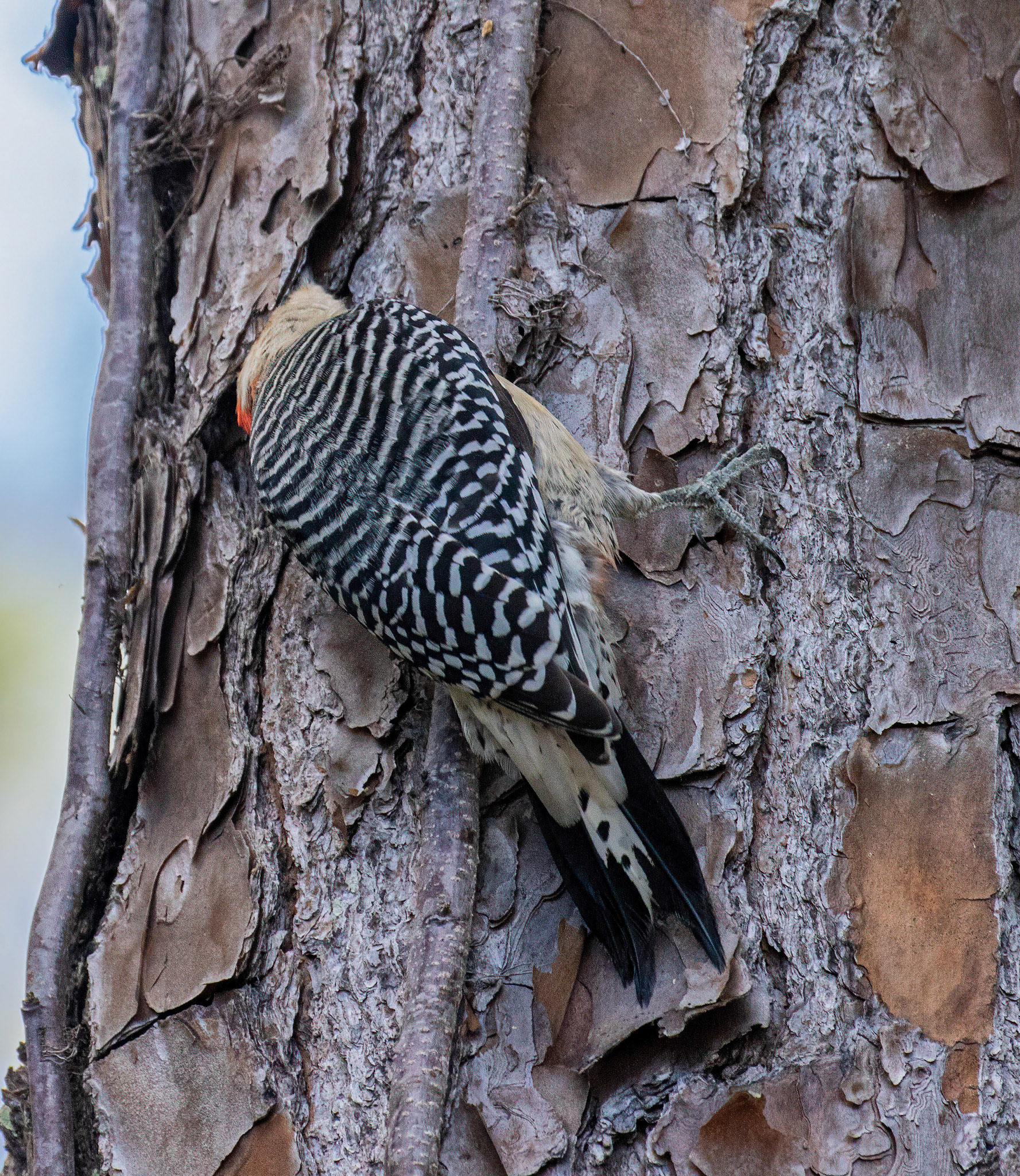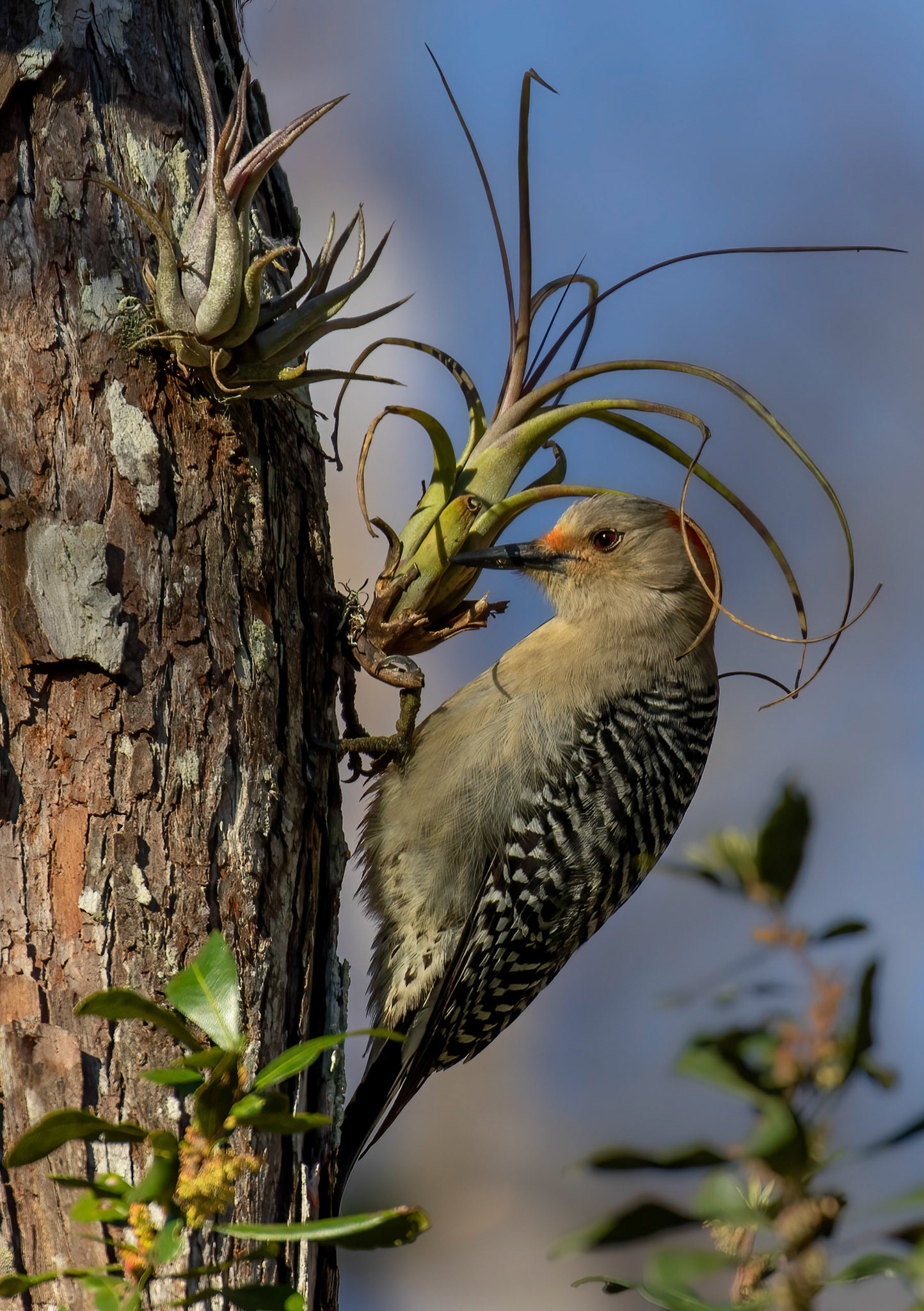
Pileated Woodpecker

Pileated Woodpecker & Great Egret

Pileated Woodpecker

Pileated Woodpecker

Pileated Woodpecker nest building sequence

Pileated Woodpecker nest building sequence

Pileated Woodpecker nest building sequence

Pileated Woodpecker nest building sequence

Pileated Woodpecker nest building sequence

Female Pileated Woodpecker & fledgling

Female Pileated Woodpecker & feeding fledgling

Female Pileated Woodpecker & feeding fledgling

Gold-fronted Woodpecker - mating pair

Gold-fronted Woodpecker

Gold-fronted Woodpecker

Listening for insects

Feeding beneath the pine bark

Red-bellied Woodpecker (very similar to the Gold-fronted)

Red-bellied Woodpecker feeding from bromeliad recesses

Berries are a favorite seasonal food

Downy Woodpecker (very similar to Hairy who has a longer bill)

Northern Flicker

































